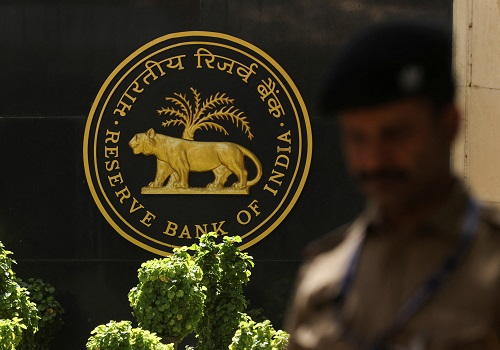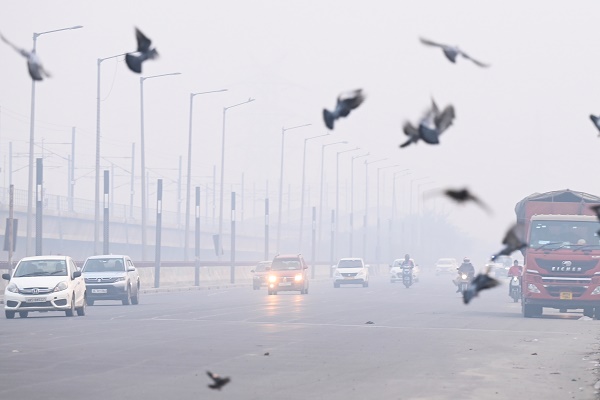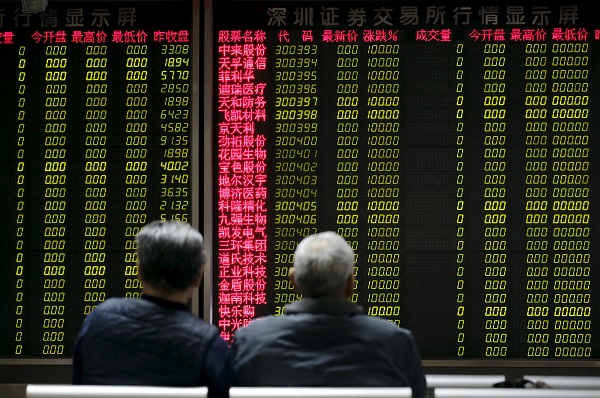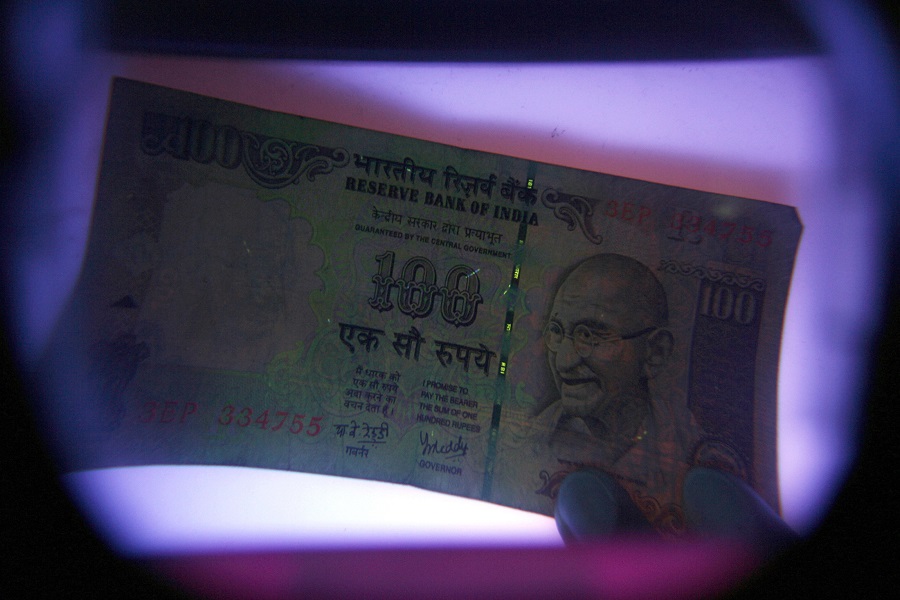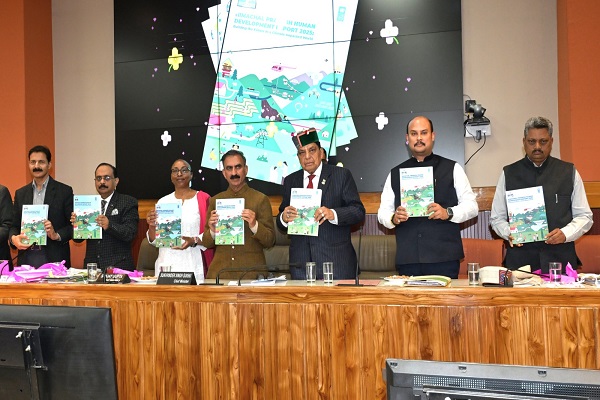Indian lenders seek overnight liquidity ops, easier reserve norms from central bank, sources say
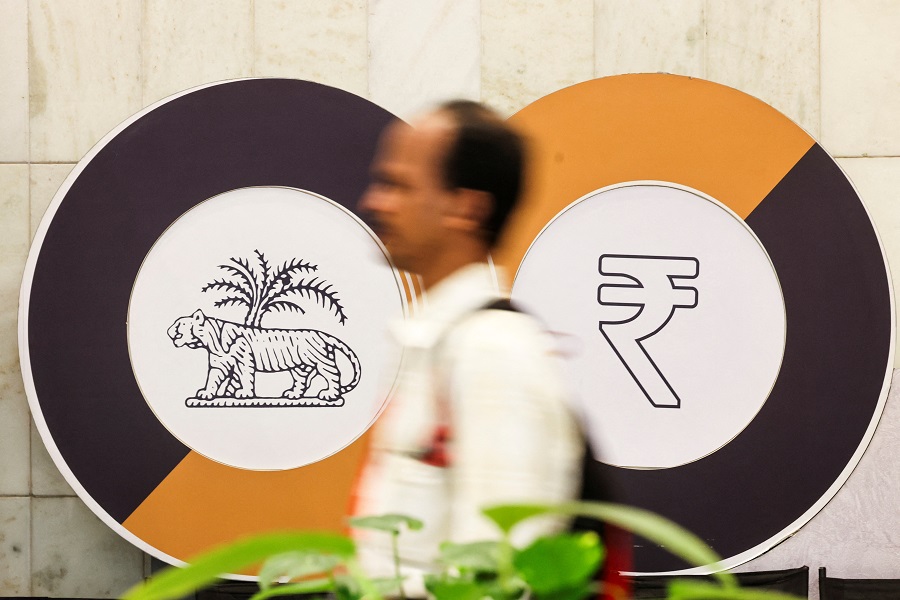
Indian lenders have urged the central bank to revert to overnight liquidity management operations and sought easier cash reserve requirements, four sources familiar with the matter said.
The Reserve Bank of India (RBI) met some lenders on Wednesday for feedback on its liquidity management framework, its second such meeting in less than two months after a similar discussion in April.
A formal switch in liquidity management has implications not just for the banks, but for the wider economy, affecting everything from interest rates to banks' lending and growth.
The RBI's main cash management tool has been the 14-day variable repo since a change in 2020 that was intended to lower banks' reliance on the RBI and push them to better predict their liquidity needs.
However, the RBI has been injecting funds on a day-to-day basis since mid-January.
"While participants were divided over operating the overnight rate, there was consensus that the RBI should move to fixed rate overnight liquidity instruments instead of longer duration," one of the sources said.
All of them requested anonymity as they are not authorised to speak to the media.
Apart from the ongoing daily infusion through auction-based variable rate repos, banks want provision of a fixed rate daily repo based on a percentage of their deposit base.
The RBI infuses funds into the banking system through repos and absorbs cash using reverse repos.
Lenders have also asked for relaxation of daily maintenance of the cash reserve ratio (CRR), which is a certain percentage of deposits that they need to park with the central bank.
The CRR currently stands at 4%, and banks must maintain at least 90% of this requirement daily. They have, however, suggested lowering it to 80%-85%, while some traders have proposed reducing it to 70%.
If implemented, these measures will provide more durable funding to the banking system, helping boost lending and accelerating growth, traders said.
Over the last six months, the RBI has infused $100 billion into the banking system through a CRR cut, foreign exchange swaps and aggressive bond purchases.

